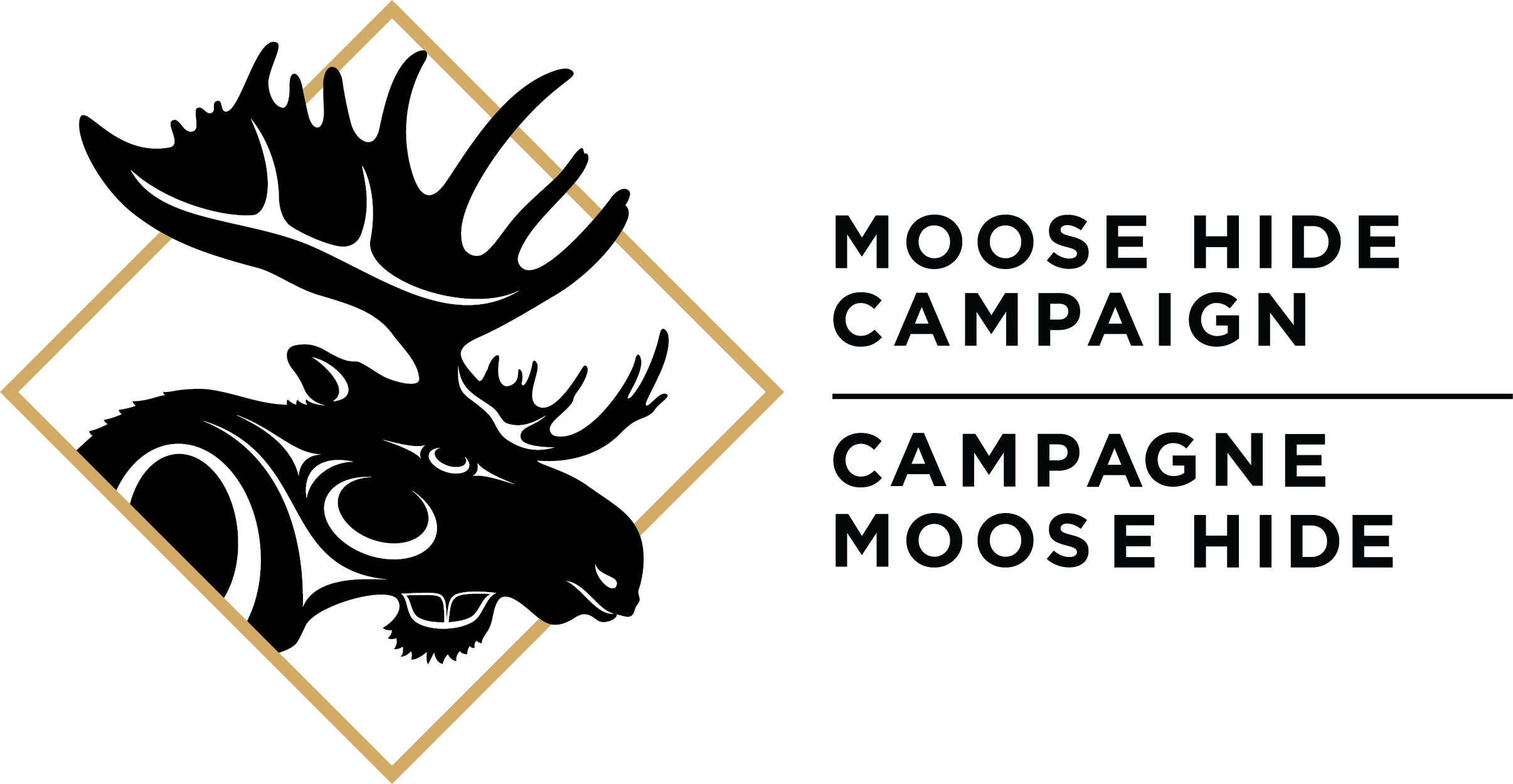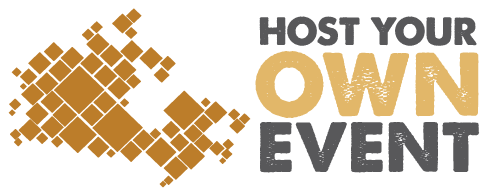
indigenous education
end gender-based violence by creating safer campuses and student communities across Canada
Answers to some of the most frequently asked questions about the Campaign.
Have more questions? Don’t hesitate to contact us on
What's changed for the Moose Hide Campaign because of the COVID-19 pandemic?
The world has seen a huge uptick in rates of domestic violence during this pandemic, making the work of the Campaign more important than ever. We are continuing to get the word out there about ending violence, engaging and supporting campaigners across the country.
Staff have been working remotely since the start of the pandemic, and for the first time our gathering in February 2021 was held entirely virtually. We’re also encouraging supporters to stay COVID-safe whilst campaigning for us – and where possible hold Campaign events online.
Your Title Goes Here Why does the Moose Hide Campaign specifically target men and boys?
While the campaign agrees that all forms of violence are unacceptable regardless of gender, we are keenly aware that violence against women and children has been an unacceptable reality for generations. We know that women are far more likely to be victims of domestic violence and sexual harassment than men.
And while women have been at the forefront of efforts to end domestic violence, gender-based violence and inequality, men have largely been absent in these efforts. It is time for men to join these efforts and work together to encourage a culture of healthy masculinity.
What is the role of women in the Moose Hide Campaign?
The Moose Hide Campaign was created as a way to engage men and boys in efforts to end violence against Indigenous women and girls. As men took up the challenge to wear the moose hide and participate in ceremonial fasting events, so too did many women become involved. As a result, both the campaign and the role of women in the campaign have evolved. While the campaign still focuses on engaging men and boys, it has grown to engage all Canadians in ending domestic and gender-based violence against women and children.
Women and girls are encouraged to wear the moose hide. We invite all people who care about this issue to wear the moose hide pins in their day-to-day lives and be open to sharing about the campaign when asked about them. The moose hide is intended to be a conversation starter, and women wearing the hide often sparks powerful conversations about the change we are all working towards.
Campaign events now also include women’s circles which run alongside men’s circles and workshops specifically for women; these will be ongoing features of Moose Hide Campaign events in the future.
How is using moose hide connected to Indigenous cultures?
Indigenous peoples have had a deep and sacred connection with the natural world since time immemorial. This relationship has always included harvesting practices such as hunting, fishing, plant gathering, and berry picking. Many protocols and teachings have been passed down through the generations to guide these harvesting practices and ensure that principles of respect, gratitude, sustainability, and reciprocity are honoured. In this context, moose have always represented an important source of food and clothing for Indigenous communities and for many non-Indigenous communities.
For many generations, moose hide was used for ceremonial purposes and for making moccasins, jackets, gloves, rope, etc. It is associated with gentleness, warmth, comfort, hope, and love. The use of the moose hide for this campaign honours this sacred relationship and keeps the traditional protocols and teachings of our Elders alive.
Are there synthetic, animal-free versions of the moose hide patches?
Yes, the Moose Hide Campaign honours the beliefs of those that do not agree with hunting and who choose not to wear moose hide. For individuals who support the Campaign’s efforts to end violence against women and children but would prefer not to wear moose hide, the campaign produces animal-free Naugahyde (synthetic) patches.
Some individuals also create their own cloth squares in solidarity with the goal of ending violence against women and children. Moose hide and synthetic pins and cards can be ordered here and delivered free of charge anywhere in Canada.
How are moose hides sourced and produced?
All moose hide squares come from traditional hunters who hunt moose for food and ceremonial purposes, or from animals who have died in road accidents. No animals are hunted specifically to supply hides for the Moose Hide Campaign.
The patches are produced with care by Indigenous women who are deeply committed to the protection of women and children and who value the living origins of the patches. Making the patches provides a valuable source of income for the women involved.
How does the Campaign ensure that it does not reinforce or perpetuate patriarchy and gender inequality?
As well as having many women among our staff, several women also sit on the board of the non-profit society, which guides the campaign. The campaign also continues to reach out to women leaders for guidance, encouragement, and to offer whatever we can in the way of support to the broad movement to end gender-based and domestic violence.
Why are men invited to fast?
Most ancient cultures from around the world fast when there are important matters at hand. The male organizers of the Moose Hide Campaign have shared the three main reasons why men are invited to fast for the campaign:
- First, it is to humble ourselves. If our society is going to shift away from patriarchy and gender inequality, then we as men will need to humble ourselves. Refraining from eating and drinking for a day is one way to embrace and practice humility.
- Second, fasting is a ceremony that leads to healing. Many men are in pain and trapped in a society with few options and limited supports to help them heal. Fasting is a pathway to healing, and we believe that healing amongst men will reduce instances of violence against women and children.
- Third, fasting is a sign that men are serious about making this change. It is more than words, it is a personal commitment to change as an individual and to effect change as a collective.” And while a central goal of the campaign is to encourage men and boys to fast, all people are welcome to fast as well. The campaign is not intended to be exclusive or divisive. Those interested in fasting are invited to learn more here.
Who should attend Moose Hide Campaign gatherings?
Everyone who supports efforts to end domestic and gender-based violence in all sectors of Canadian society or who would like to learn more about them are encouraged to attend. Attending events is also a great way to learn about Indigenous cultures and meet new people.
Those who cannot attend an event in person can organize their own event or participate remotely in various ways, including wearing the moose hide pin and watching a livestream of the event. It is not necessary to fast to attend an event. Those interested in attending a gathering are asked to register online.

